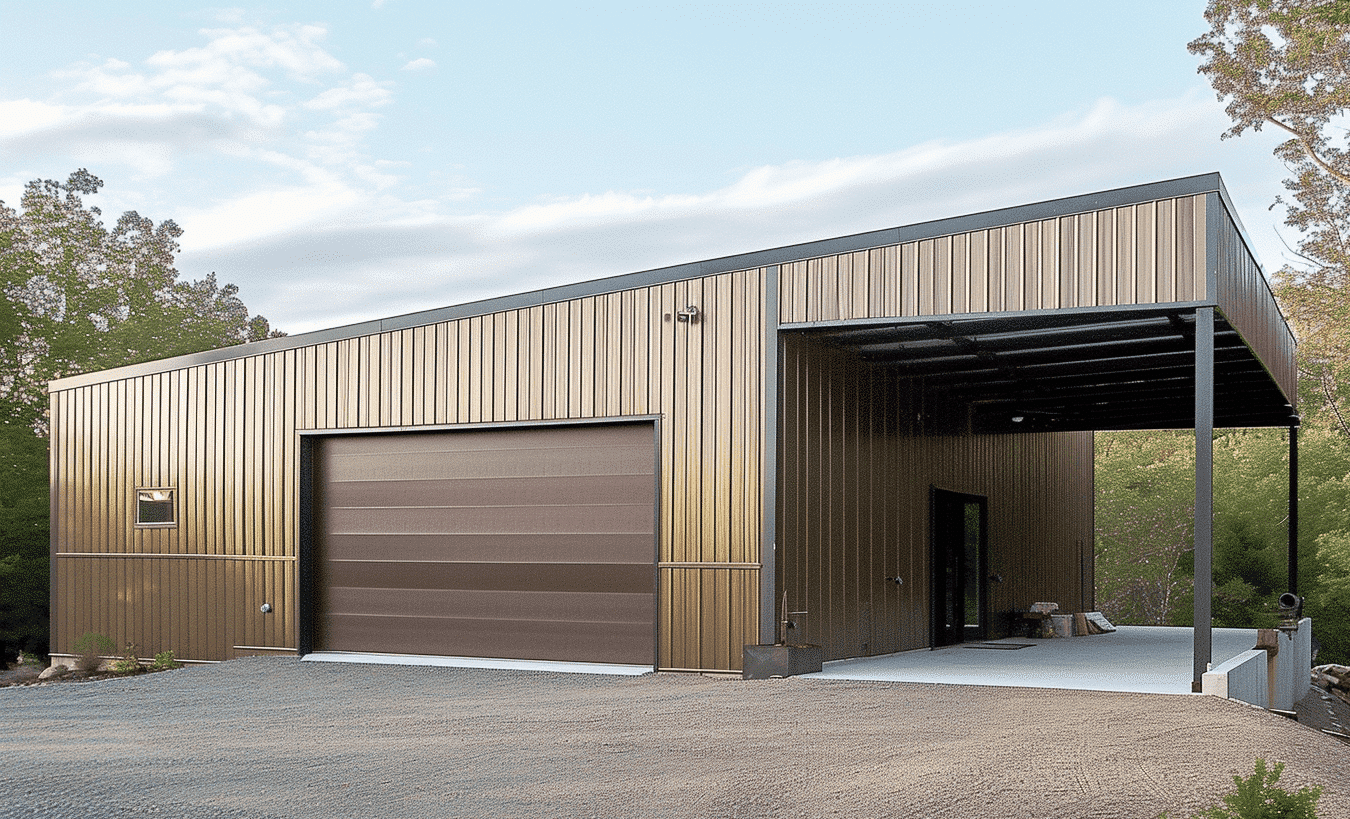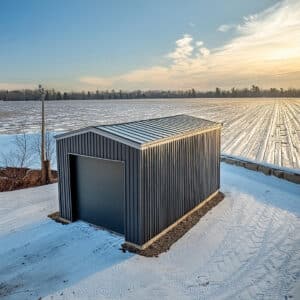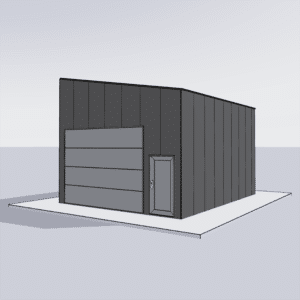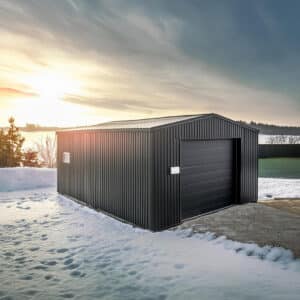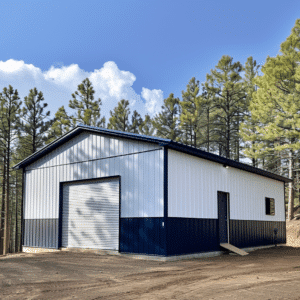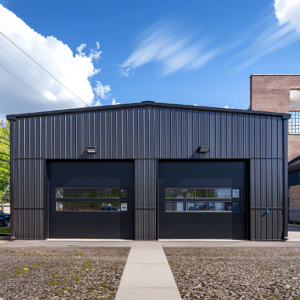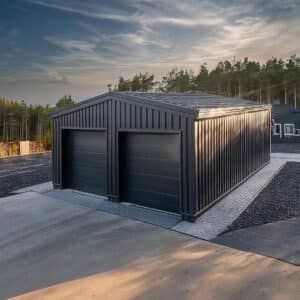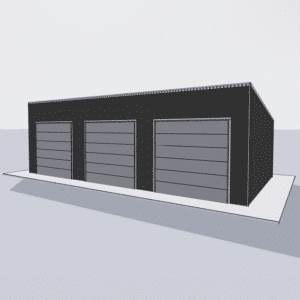When choosing to build with steel, understanding how climate influences construction processes and structural durability is essential. Whether it’s the relentless heat of summer, the icy chills of winter, or the gusty winds of autumn, weather can significantly impact steel building projects. This blog post will delve into how climate considerations affect your steel structures, guiding you towards more informed decisions.
Understanding Climate Influences on Steel Buildings
Every construction project, particularly for steel buildings, must factor in climate influences to ensure longevity and safety. Think of the climate as a demanding dance partner, where each move you make needs to be perfectly aligned with its sometimes unpredictable steps. Expert advice on building with steel considers these nuances as critical to any steel construction project.
Temperature Fluctuations and Steel Expansion
One of the primary climate considerations is temperature fluctuation, which can lead to the expansion and contraction of steel materials. When the temperature rises, steel tends to expand, and conversely, it contracts when the temperature drops. This thermal expansion can pose challenges in maintaining the integrity of the structure if not properly accounted for in the design phase.
Using steel that can flexibly handle these expansions and contractions is crucial. It’s not just about choosing the right materials but also paying attention to precise installation techniques and planning for potential seasonal temperature swings.
Moisture and Humidity Effects
Moisture and humidity are other climatic factors that can affect steel building performance. High humidity levels can lead to condensation and potentially corrosion if the steel is not appropriately treated or if the design does not include adequate ventilation. Ensuring that your building has proper moisture barriers and coatings will help reduce the risk of rust and extend the life of your materials.
For those constructing in areas prone to moisture, exploring various insulation options, such as Effective Building Insulation, can be a game-changer. It will help manage condensation and maintain a stable internal climate, thus promoting longevity and energy efficiency.

Wind, Storms, and Structural Integrity
Windy conditions and storms bring unique challenges to steel structures. The ability of a building to withstand these forces begins at the drafting table and continues with proper construction practices.
Wind Load Calculations
Ensuring that a steel structure can handle wind loads involves precise calculations during the planning stage. Proper anchoring and the creation of wind-resistant designs are crucial to safeguard against potential damage. As noted in our Steel Building Durability Guide, choosing designs that incorporate aerodynamic features can lead to more resilient structures that can meglio resist strong winds.
Preparing for Severe Weather
Preparation for severe weather includes reinforcing the structural components and ensuring seamless integration of all building parts to prevent weak spots that storms could exploit. Keeping your structure grounded and secure is not just about weight; it’s about having a holistic design that considers every environmental stressor it could face.
Regional Climate Considerations
Every region presents its own climate considerations, often documented and standardized. Utilizing available resources like Climate Data for Building Design helps tailor your steel building project to local climate particulars.
Choosing the Right Materials Based on Climate
The regional climate will dictate material selection and design specifics. Durable coatings might be necessary for seaside regions to combat salty air corrosion, while cold climates might demand better insulation standards to fend off extreme temperatures. Understanding the specific weather elements in your area allows you to anticipate challenges and respond with strategic solutions.
Expert Consultation and DIY Options
Navigating climate-related complexities in steel building construction might seem daunting. Consulting professionals can offer insights and optimize your approach, balancing budgetary considerations with the necessity for durability. If you are debating between a DIY approach and professional assistance, read our guide on DIY or Hire a Pro? Deciding Who Should Build Steel Structure to weigh your options.
Building a Fortified Future
In conclusion, recognizing and addressing climate considerations in steel building construction is not just prudent; it’s imperative for lasting stability and safety. From temperature shifts and humidity to wind forces and regional variables, each factor plays a role in shaping your construction strategies. Engage with the right experts, use appropriate materials, and factor in climatic influences for a steel structure that stands the test of time.
By being strategic with these elements, your next steel building project will not only meet the immediate needs but also remain resilient in the face of nature’s ongoing challenges. Through thoughtful planning and execution, you can ensure that your investment today remains a robust asset for tomorrow.


